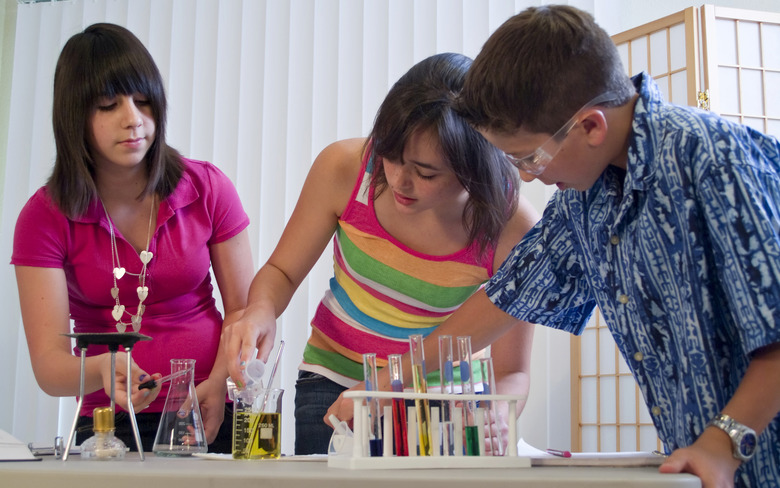Physical Address
Suite 5, 181 High Street,
Willoughby North NSW 2068
Physical Address
Suite 5, 181 High Street,
Willoughby North NSW 2068

The number of kids in your class who prefer apples to oranges, how a stain responds to a cleaner and the inches a tomato plant grew when watered with lemonade are all examples of data. Facts, observations or statistics assembled for analysis represent data. In a science fair, data is the answer to the question you asked when you made a hypothesis. If you are unclear about the methods for the science fair, ask your teacher for help.
Data is usually divided into two categories — quantitative and qualitative. Numeric information which is measured with tools such as a ruler or graduated cylinder is quantitative data. For example, you might measure the amount of rainfall over a month or determine how much a plant grew when kept in a dark room. Qualitative data involves the look, taste, smell, texture or sound of something described with words. When you observe that ketchup leaves a darker stain than mustard does on a white shirt, you are collecting qualitative data.